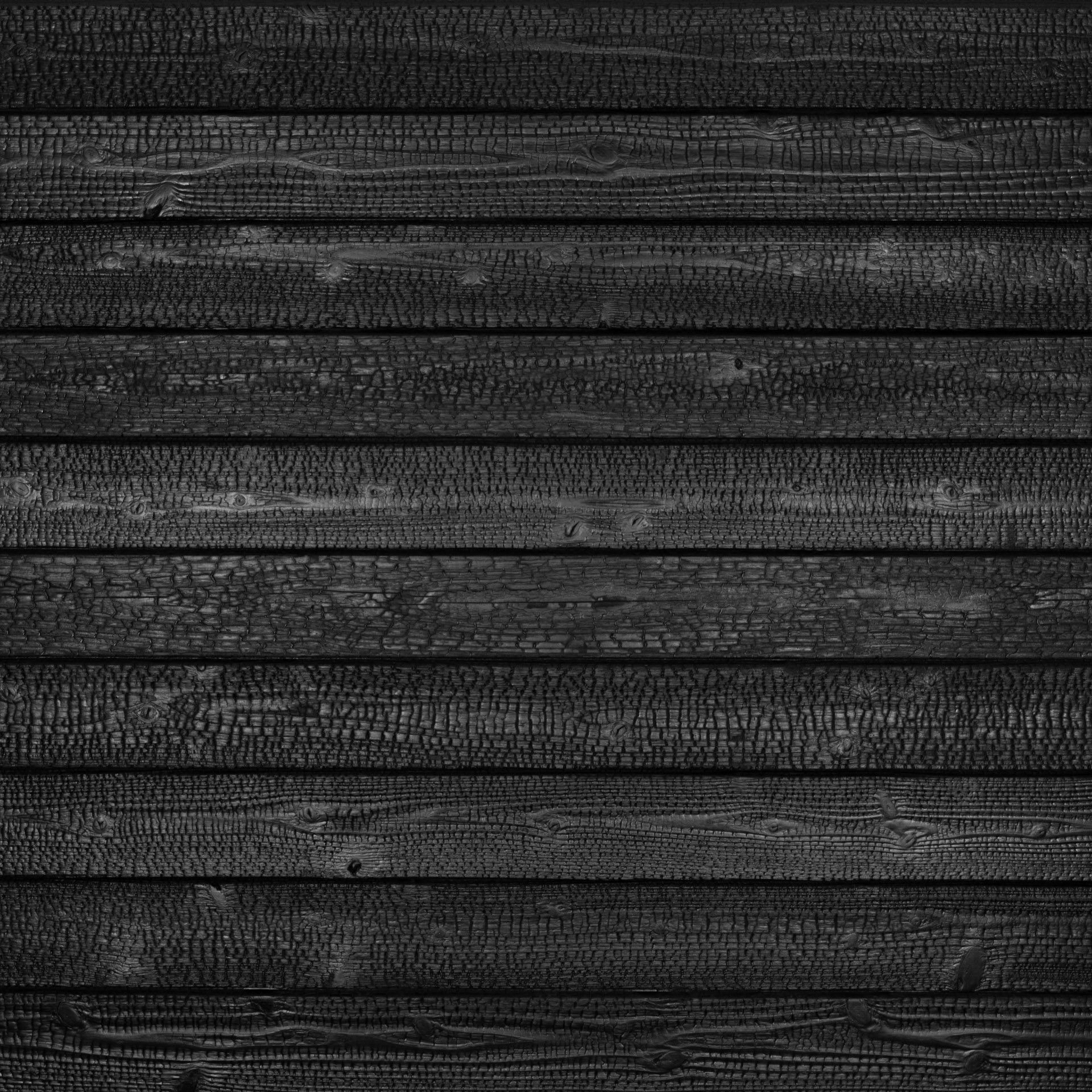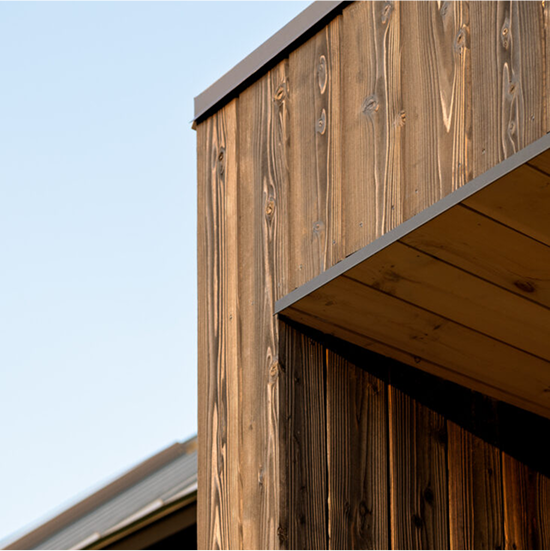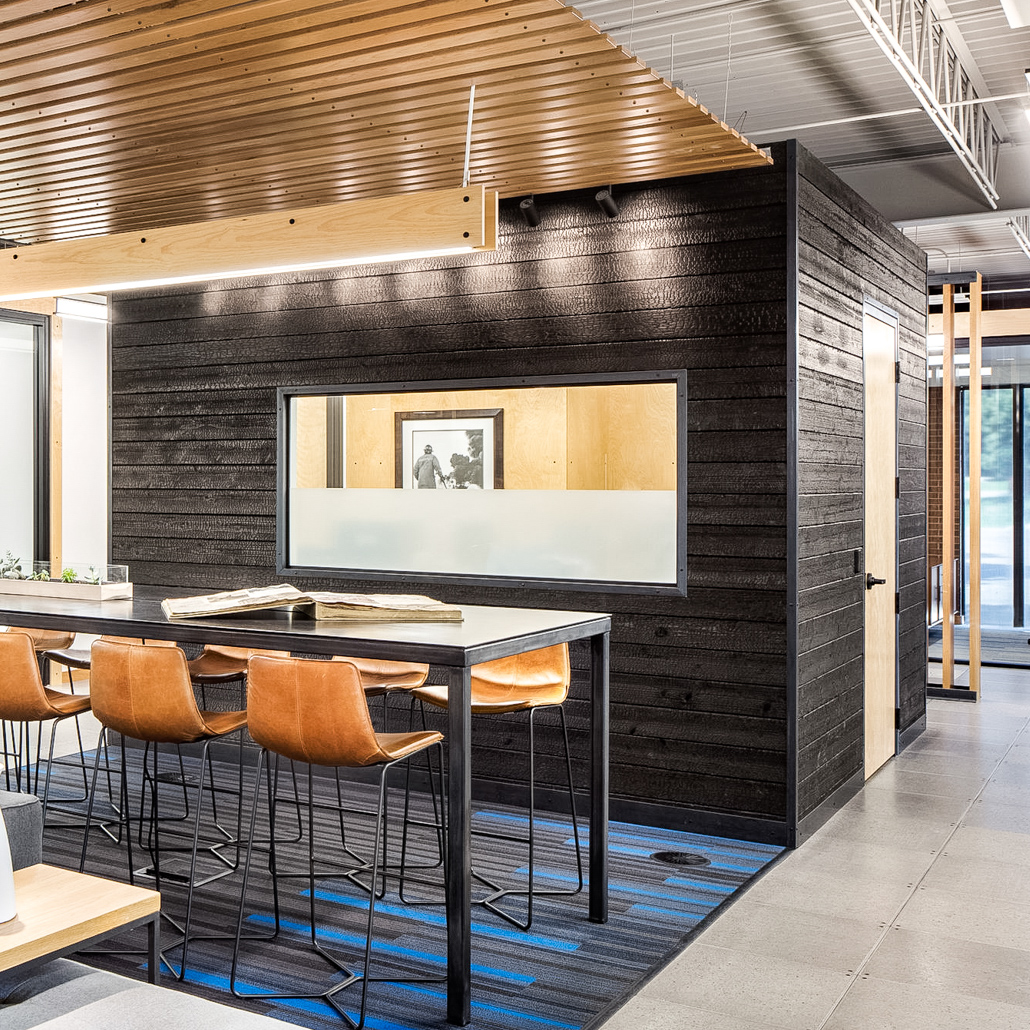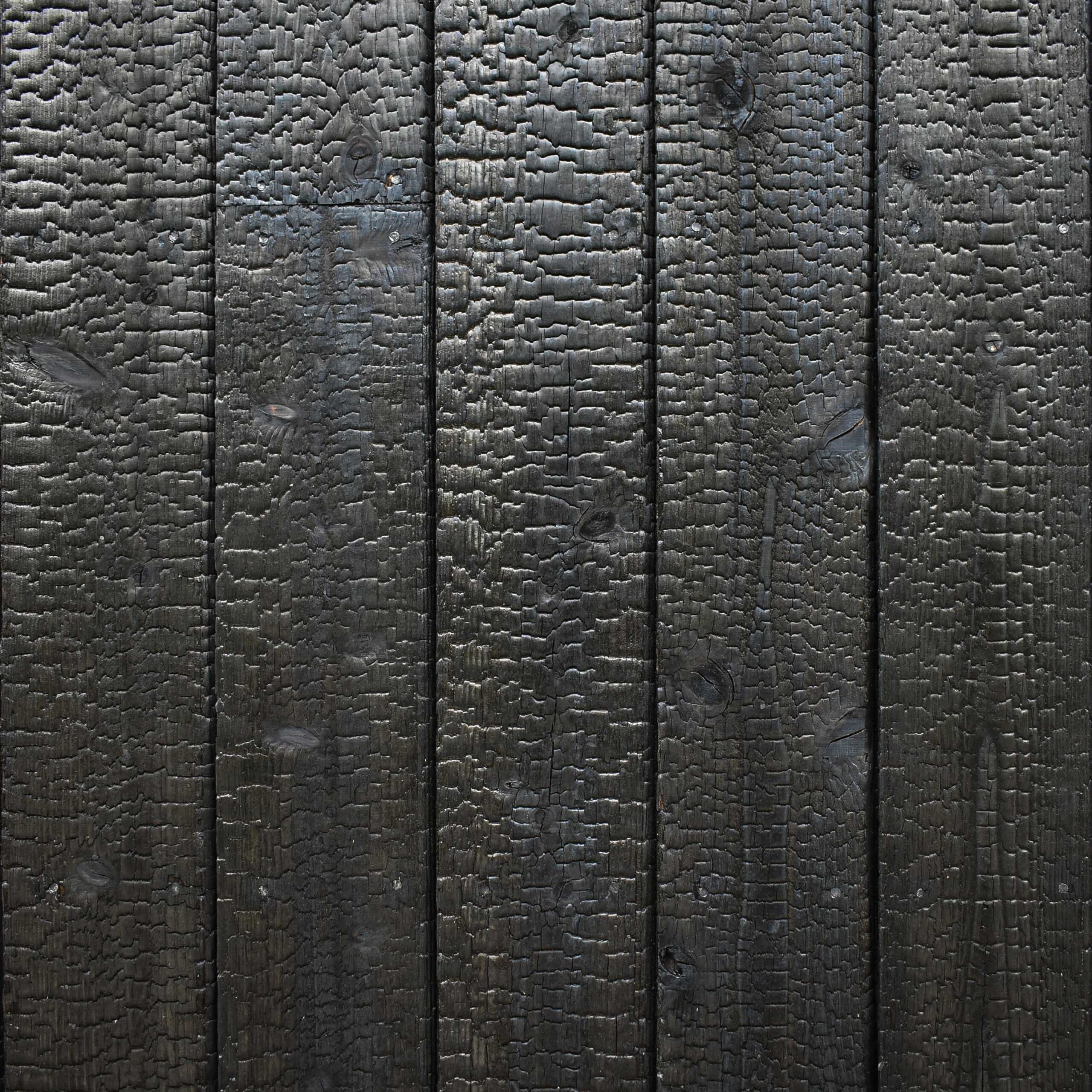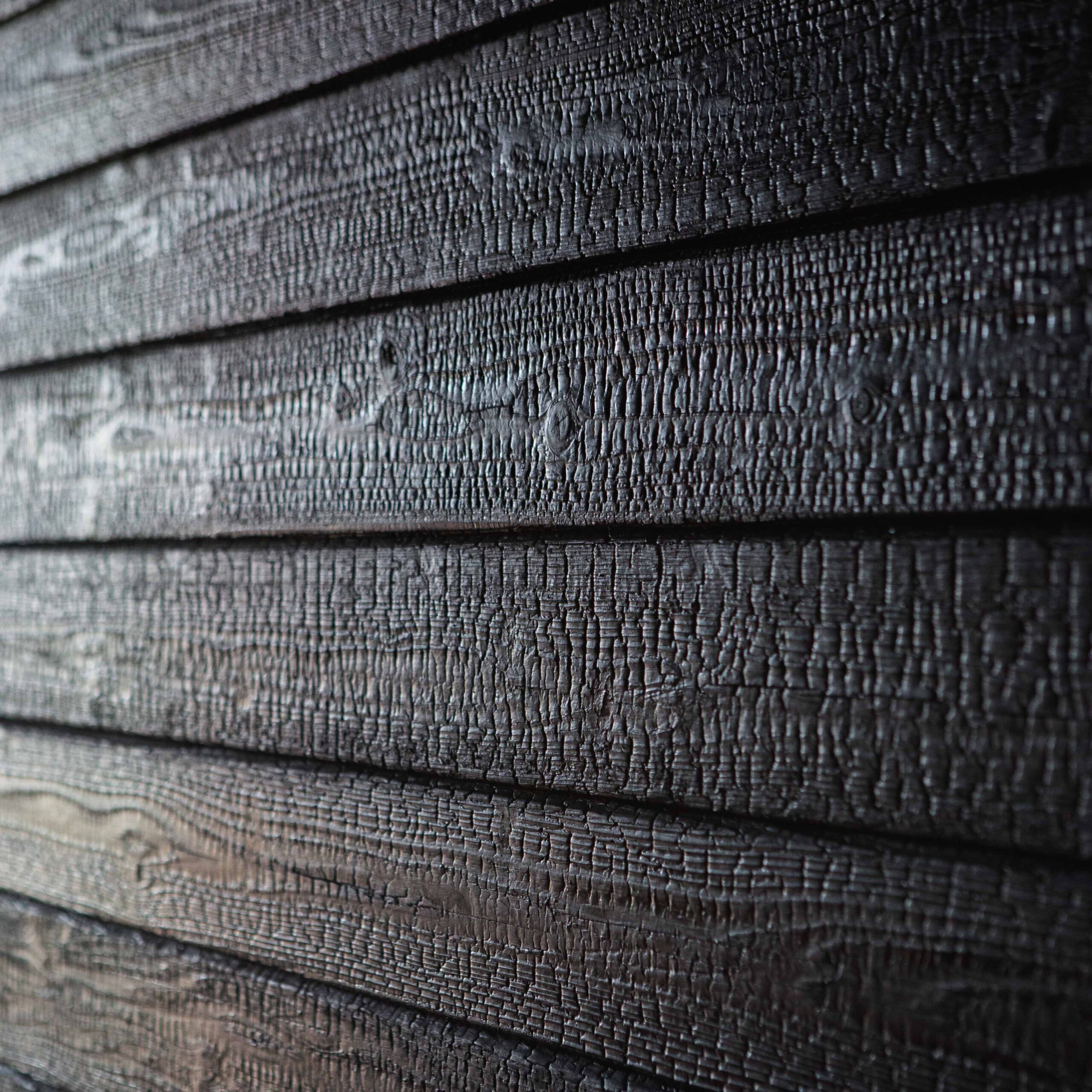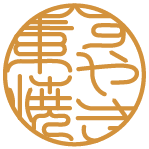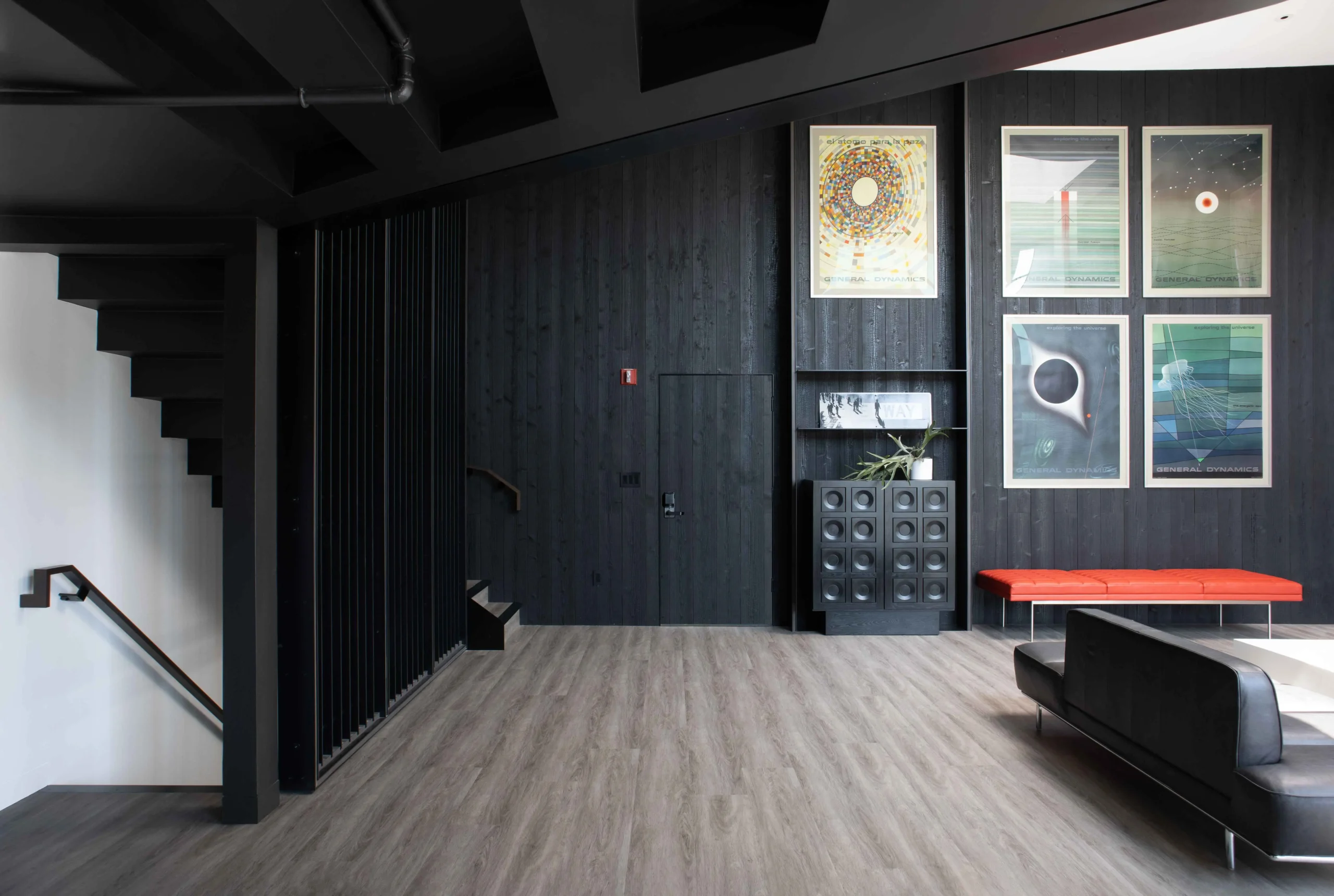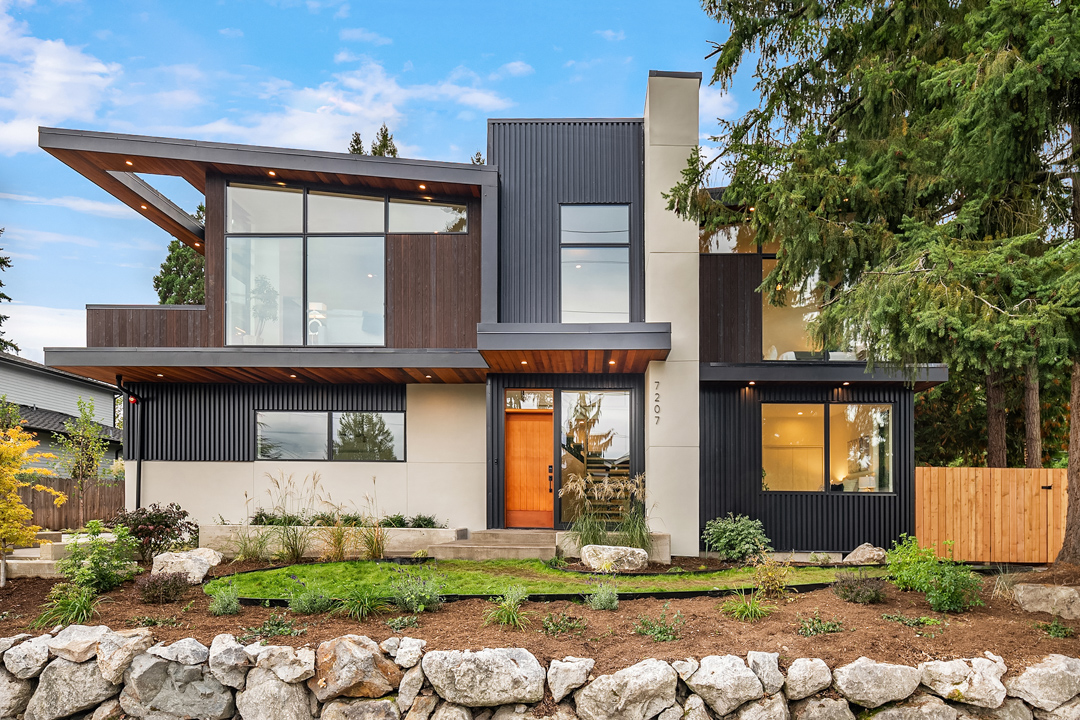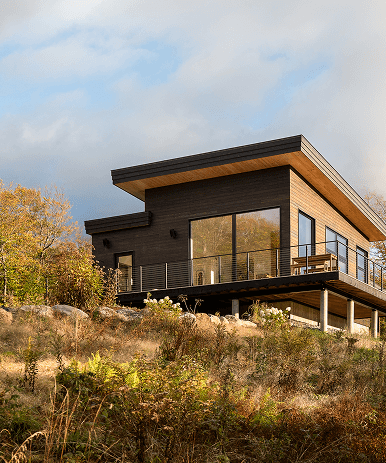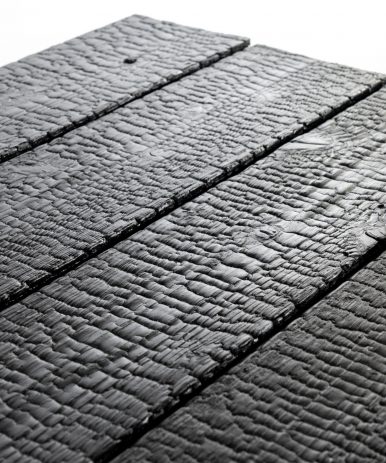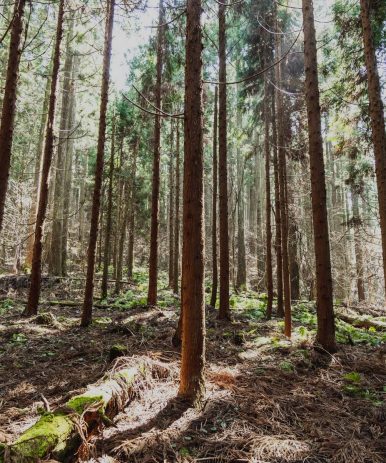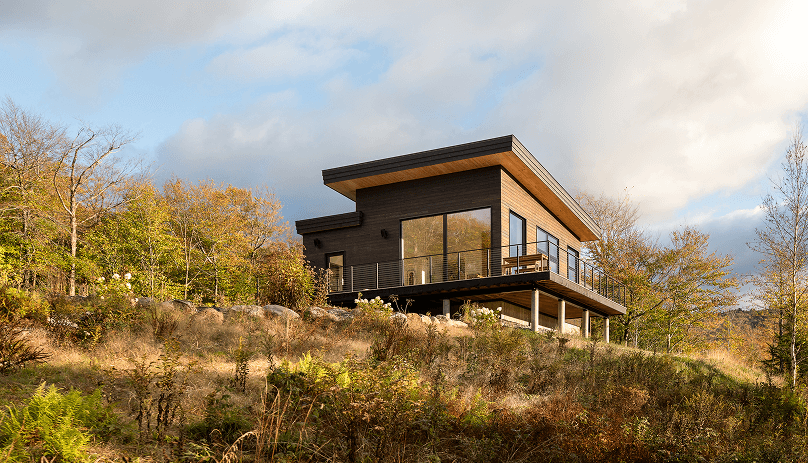Yakisugi is a product, not a burning process. The term refers to a specific type of charred wood exterior siding that has been used as a vernacular building material in Western Japan for hundreds of years. In other parts of the world, yakisugi is sometimes called “shou sugi ban” siding.
Traditional yakisugi siding starts with logs of Japanese cedar (known as “sugi” in Japan) that are holistically milled into thin planks. The wood then receives intensive flame-treatment to improve resistance to rot, UV, moisture, fire, insects, and dimensional movement versus untreated wood siding. Yakisugi’s maintenance-optional durability provides exceptional long-term cost performance over its extended natural life cycle.
Yakisugi also offers a timeless beauty that is readily adaptable to projects. It has a quintessential wabi-sabi design aesthetic that can be finished in different ways to achieve a broad range of appearances. Learn more about authentic yakisugi.
